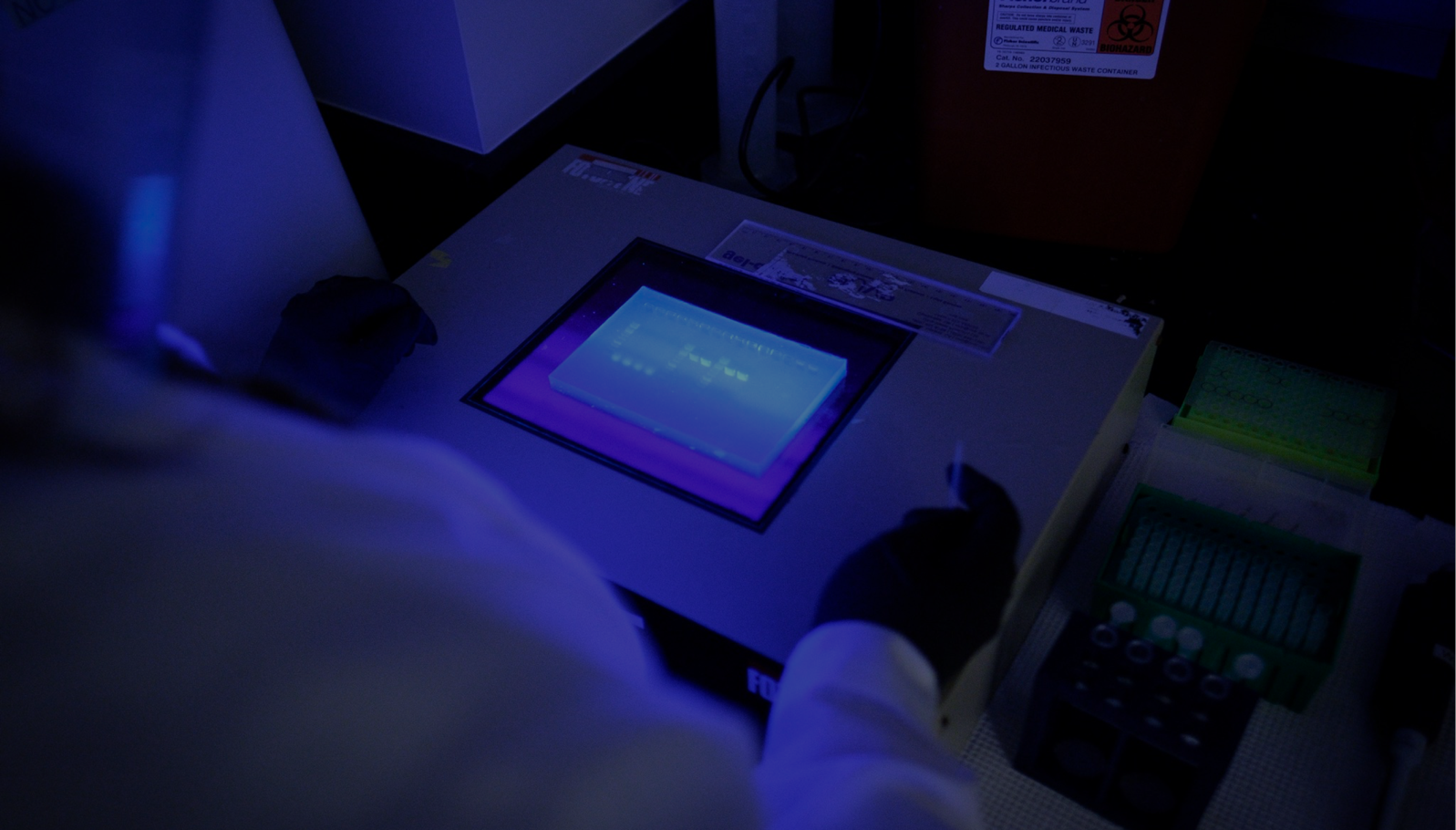This is unpublished
Emergency Evacuation Route

EH&S Emergency Procedures
EH&S compilation of Emergency Procedures for a variety of scenarios including: fire, earthquake, hazardous material release, power failure, workplace violence, and more.
Automated External Defibrillators
Automated External Defibrillators (AEDs) can recognize cardiac arrythmias and deliver a defibrillation, or shock, in an attempt to correct the abnormal rythym. The devices provide users with auditory instructions when in use.
Nearest AED to our location
The nearest AED to our location is located in the F Building clinic space. Other AEDs across the city can be located using the Seattle AED Locator (Map also embedded below) and the PulsePoint app.
If you are the first on scene to an unresponsive individual:
- Assess the scene. Is it safe to enter?
- Shout to get the person's attention. If no response, tap their shoulder and continue to shout. Check for breathing. Responsiveness check should take no more than 5-10 seconds.
- If person is breathing:
- Call 911. If other people are available to help, have them call 911 and obtain AED and first aid kit.
- Gather information from other bystanders.
- Conduct head-to-toe check.
- If no signs of obvious injury, roll person onto side into a recovery position. If you suspect a spinal injury, do not move individual and keep neck as still as possible.
- If person is NOT breathing:
- Call 911. If other people are available to help, have them call 911 and obtain AED and first aid kit.
- Person needs to be face up on a flat, even surface. Roll or move if possible. Recruit others to help.
- Begin CPR. As soon as an AED becomes available, prepare for use. Continue CPR while AED is being prepared. Device will provide audio prompts as to when responders should stop CPR.
- If a shock is warranted, ensure that nobody is touching the victim and loudly state, "everybody clear". Press shock button.
- Continue to follow the audio prompts from the AED, which may include more CPR, until victim shows signs of life (breathing) or more advanced responders arrive.
- If at any point the scene becomes unsafe, cease first aid response and leave the area. Move the victim if safe to do so.
UW EH&S has detailed information for the procurement, registration, use, and maintenance of AEDs.
AED Map



